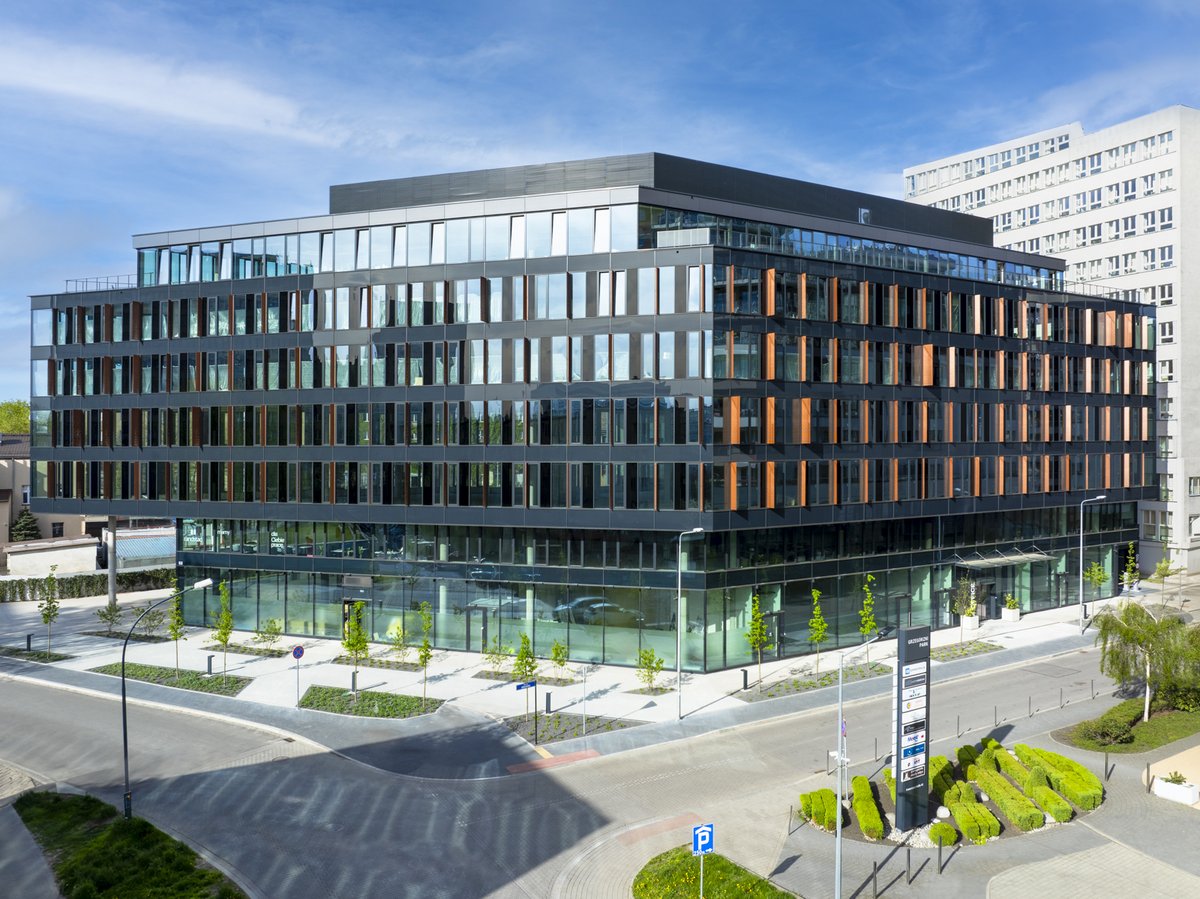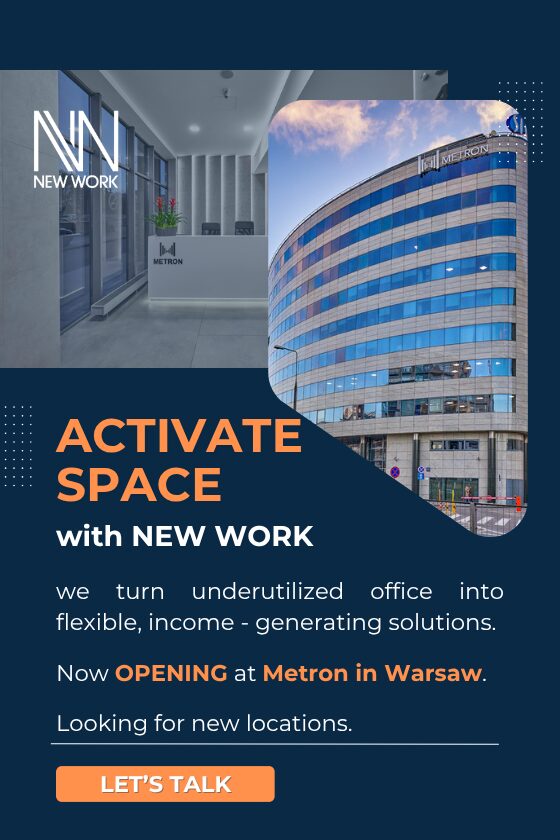Coworking is an ideal environment for launching and growing new companies, with its contagious entrepreneurial energy, collaborative environment, flexible lease terms, and the ability for companies to scale up and down easily.
“Co-working offices are mainly used by freelancers, start-ups and small entrepreneurs trying to launch their business. Transitioning out of a co-working space is an important milestone for your growing company. Careful planning of this process will help save you money and headaches. Co-working concept is becoming increasingly popular in Poland, owing to the country’s fast economic development, businesses’ technological advancement and changes in the style and character of work. More and more companies located in co-working spaces are seeking our specialist advice on leasing customized office space ranging between 300 sqm – 1,000 sqm, preferably in prestigious locations in the city centre,” says Artur Sutor, Partner, Head of the Office Department at Cresa Poland.
“These spaces are not intended to be forever. And as one of the leaders of your company, it is likely not your intention to work out of a shared space forever either – for a multitude of reasons. Here are a few possible signs your small-but-growing company is ready to leave your coworking space and find dedicated office space,” says Elizabeth Geary, Advisor in Cresa Boston.
You’ve outgrown it
Physical space limitations are an obvious sign that a change is needed. But in addition to logistical barriers, there are cultural ones: once a company reaches a certain number of people, its brand begins to take root and the emerging company culture needs a place to thrive. Ask yourself: Has the shared space felt somewhat “restrictive” to your company? How does coworking fit within the company’s growth plan – or not?
You can’t afford it
The benefits and flexibility of a coworking space are reflected in its price. It made sense financially when it was just the founder and a couple team members. Now that you’re 10 to 15 employees strong, it will be less expensive to lease your own space.
Your day-to-day operations are steady
When a company is starting out, daily operations are fluid, meaning the office space can be fluid as well. As operations normalize and routines are established, a more normalized office setting may become necessary. It’s quite possible you’d be more productive in your own space, laid out to suit your business needs, like dedicated conference and phone rooms only used by your company, located directly next to your own area of workstations.
OK, so you’ve decided you’re ready to move out of your super-hip coworking space. How do you do it?
Plan enough time
It will take about 6-9 months from the time you decide to begin the process to the time you move into your new office. Plan accordingly, factoring in your growth trajectory and personnel needs over the coming year.
Hire a dedicated advisor
There are many commercial real estate advisory firms on the market. But if you want a truly independent and unbiased advice you need to hire an advisor who represents only tenants (without any obligations to any market participants) to avoid any conflict of interest.
Direct lease or sublease
You should consider two types of potential leases: a direct lease, where you sign a lease directly with a building owner; or a sublease, where you lease space from an existing building tenant under an agreement that’s also approved by the building owner. There are pros and cons to each option. For a growing, price-sensitive startup, a short-term sublease with below market rents may be ideal. Of course, any option will be subject to availability and timing.







